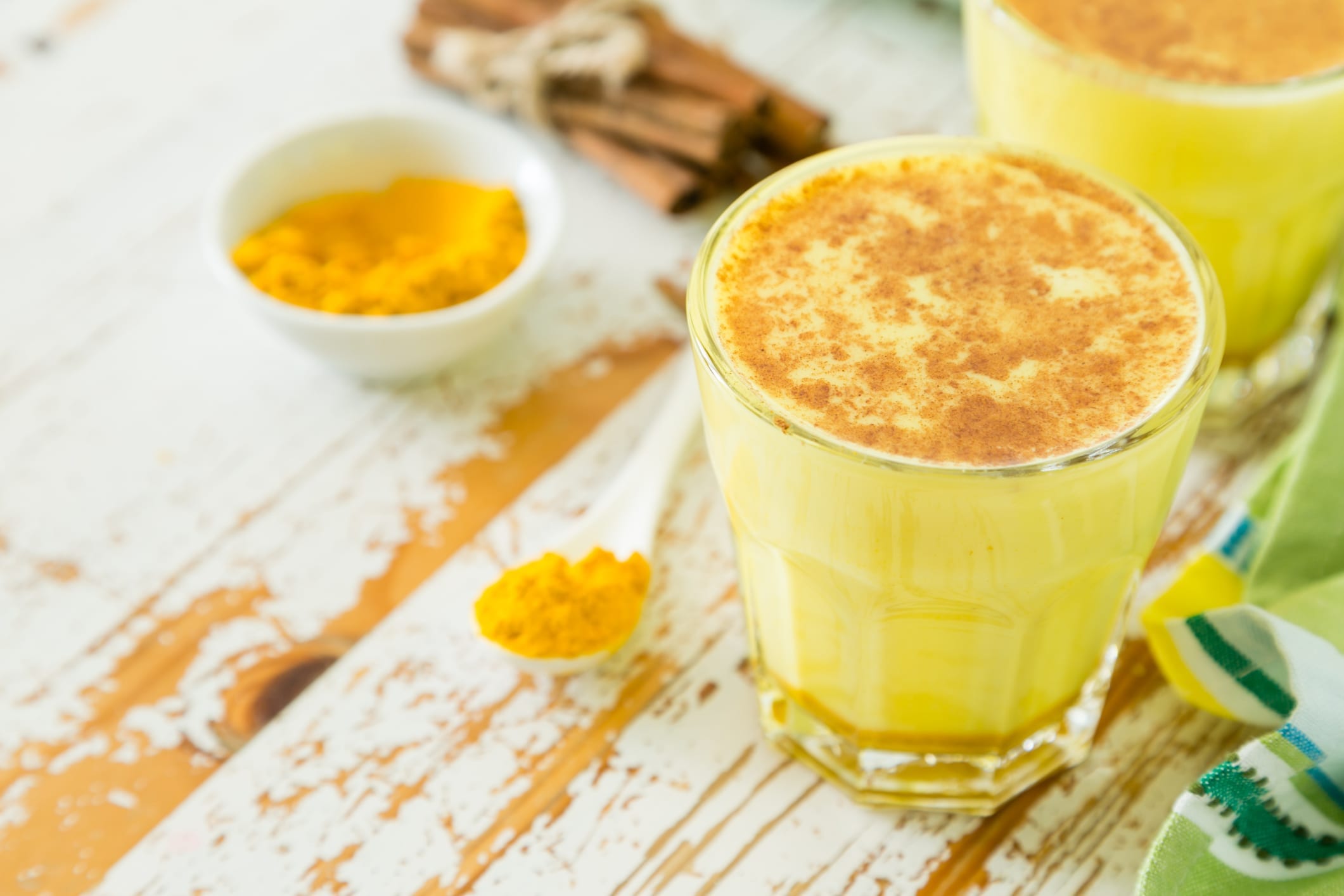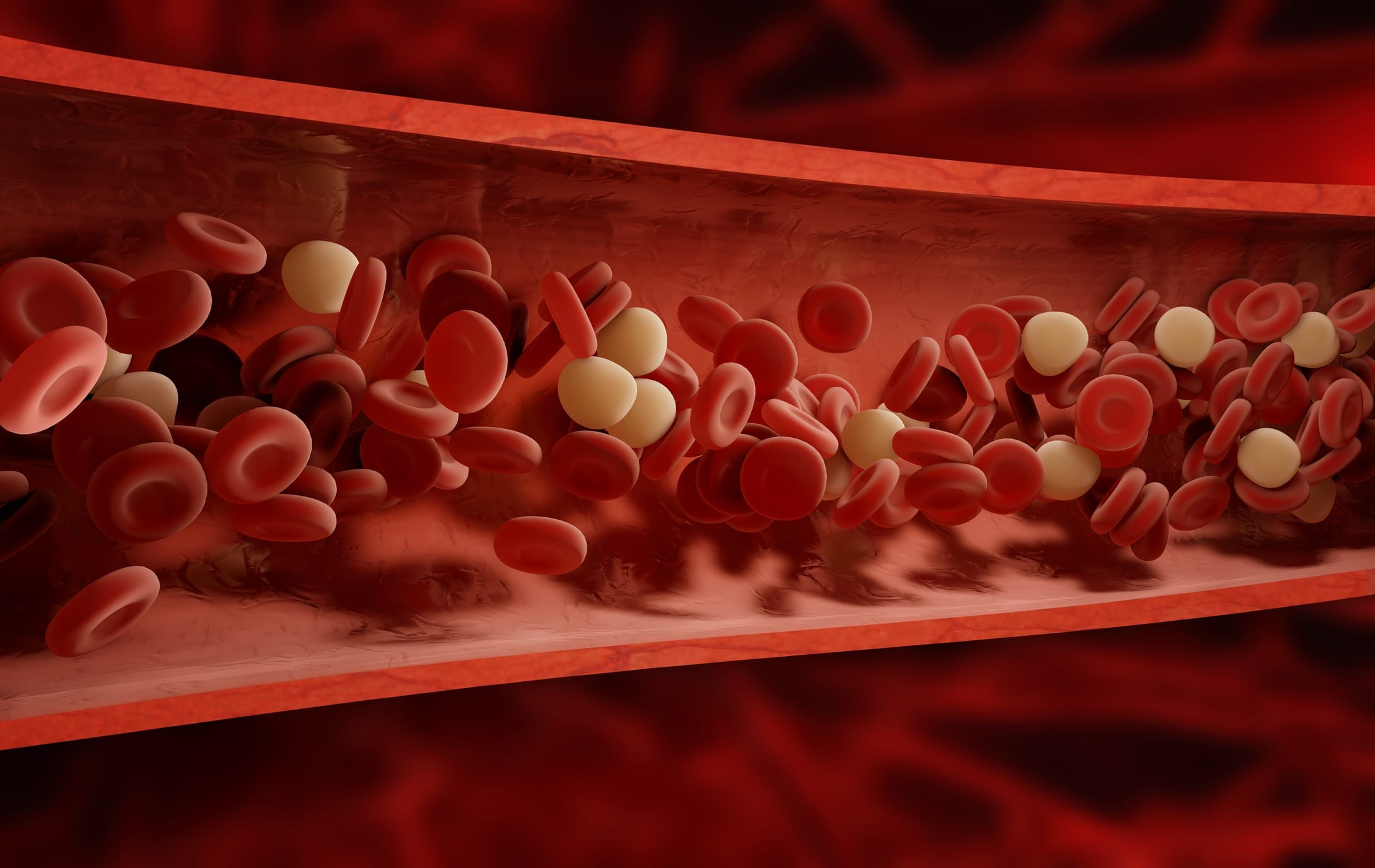Encouraging healthy habits is a good first step. Adding a kid-friendly supplement can also boost immunity to help your child stay healthy all year long.
- Promote regular hand washing. Keeping hands clean is one of the most important steps your child can take to avoid getting sick and spreading germs to others. Kids (and even adults) frequently touch their eyes, nose, and mouth without even realizing it, making it easy for germs to enter the body. Hand washing can help minimize this transmission. Teach your child to wash their hands with soap and water for at least 20 seconds, about the time it takes to sing the “Happy Birthday” song twice.
- Prioritize sleep. To maximize immunity, children must get enough good-quality sleep. Sleep requirements can vary by age. For example, preschoolers should get between 10 and 13 hours, children ages 6 to 13 should get between 9 and 11 hours, and adolescents ages 14 to 17 need between 8 and 10 hours each night. Not getting enough sleep limits the body’s ability to produce proteins called cytokines that help fight infection and reduce inflammation.1
- Encourage a healthy diet. One way to keep your child’s natural defenses strong is with a balanced and varied diet. Instead of filling up on highly processed foods like cakes, cookies, and chips, try to get your child to eat a “rainbow” of fresh fruits and vegetables. The more colorful the better! Eating the right foods helps ensure that your child is getting the nutrients they need, like vitamins A (carrots and broccoli) and E (almonds, sunflower seeds, and avocados), which are needed to maintain good health and a strong immune system. Beyond A and E, here are some additional immune-boosting nutrients:
- Vitamin C: Red and yellow bell peppers, dark leafy greens, broccoli, and strawberries
- Vitamin D: Salmon, tuna, tofu, eggs, and cheese
- Zinc: Beef, fortified cereals, cashews, and chicken
- Get some exercise. Regular exercise boosts your child’s immune function. Research shows that getting moderate exercise most days of the week increases white blood cell activity and increases the circulation of these immune cells throughout the body.2 As little as 30 minutes of physical activity a day can boost immune system activity.
- Manage stress. Can psychological factors like stress affect the immune system? According to some research, there may be a link. Both chronic and temporary stress can have psychological effects that can lower a body’s ability to fight off infections. Stress has been shown to lower the number and effectiveness of infection-fighting cells.3 If your child is stressed or anxious, take their feelings seriously and then take steps to help them cope. This may mean trying some kid-friendly meditation or simply spending some time outside. A little bit of fresh air and time spent in nature might be all they need to help relieve some of their stress.
- Try a probiotic. Probiotics add another layer of good microorganisms to the existing beneficial bacteria in your child’s body. Besides providing a wealth of digestive benefits, probiotics have been shown to support a strong immune system in children and help protect against common stomach issues like diarrhea and colic.4 When shopping for a kid-specific probiotic, opt for a chewable supplement that does not require refrigeration.
These tips can go a long way toward minimizing the number of sick days your little one experiences. They also support healthy growth and development at every age and stage of your child’s life.









